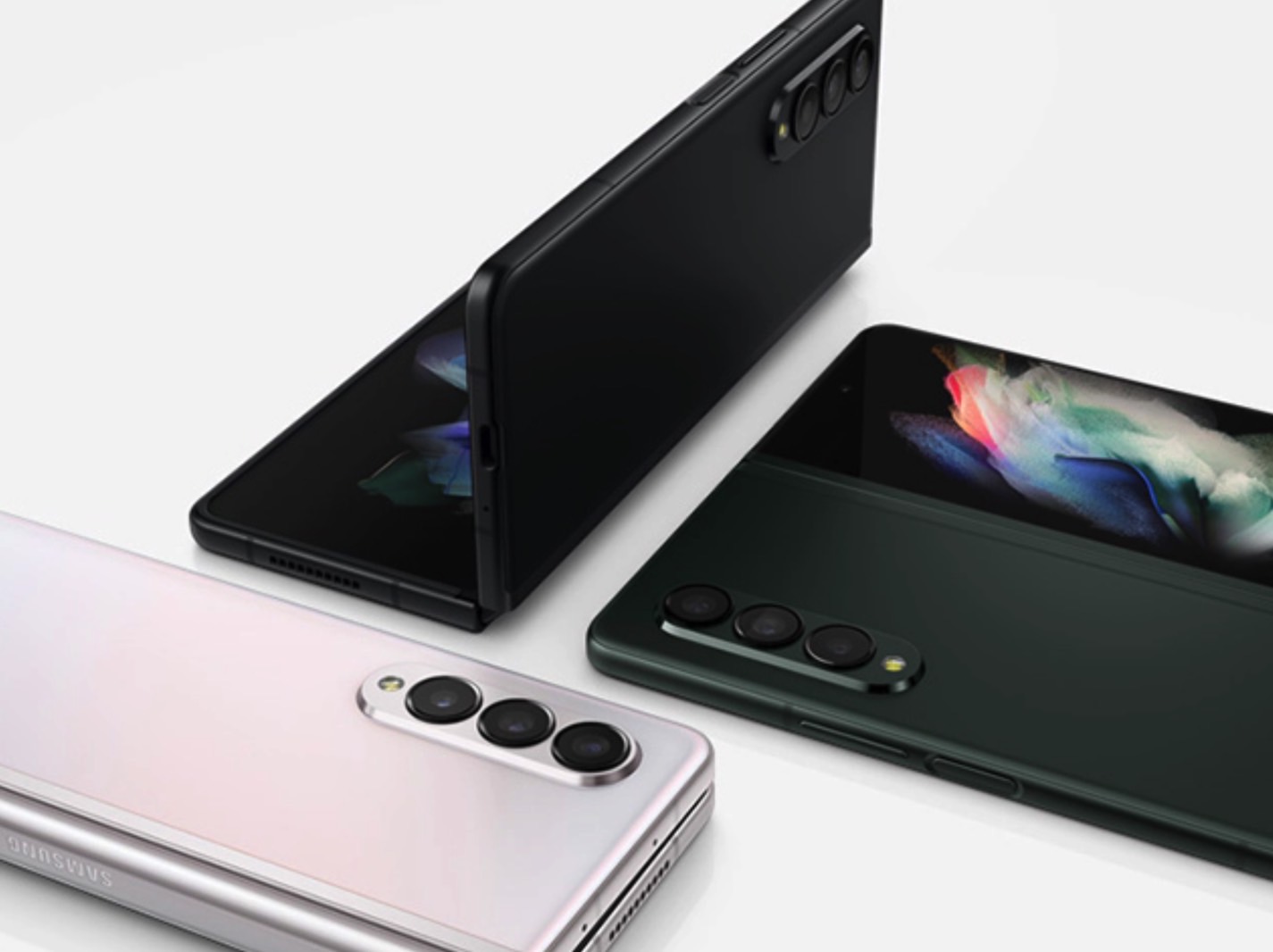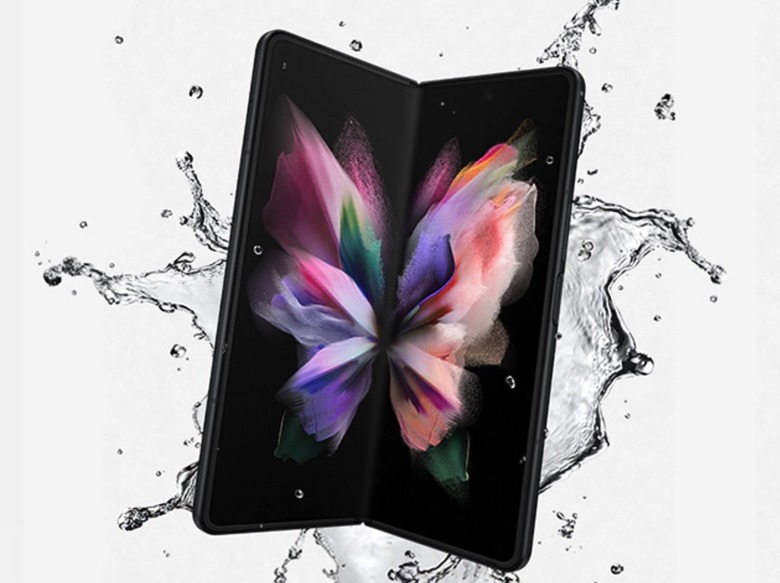Galaxy Z Fold 4's Fingerprint Sensor Won't Be Under The Display
In-display fingerprint sensors are a key part of the current hole-punch display designs that most Android vendors use. But there is an exception to the rule: Foldable phones like the Galaxy Z Fold and Flip. Samsung placed the fingerprint sensor on the side of those handsets, and it will reportedly keep them there on the Galaxy Z Fold 4 and Flip 4 this summer.
That might seem like a downgrade compared to the regular Android smartphone experience. Android device makers have preferred fingerprint sensors to 3D face authentication, while Apple prefers the latter.
Face ID is responsible for the big notch at the top of the iPhone. But there's no need for a notch on Android phones. The fingerprint sensor sits under the screen on Android handsets, allowing vendors to offer all-screen display designs without ditching the extra security that biometrics can offer.
Foldable phones are more complex, as they offer users two experiences. Whether we're looking at the Fold or Flip designs, each device has a main foldable display and a secondary cover screen on the outside. Where do you put the fingerprint sensor to serve users at all times?

Galaxy Z Fold 4 fingerprint sensor placement
The foldable screen might seem like the display you'd use most, especially on clamshells like the Galaxy Z Flip 3. But placing the fingerprint sensor under the foldable display means the user will keep having to unfold the handset to unlock it. That can be a problem for mobile payments on a device like the Flip 3.
Then, there's a case for placing the fingerprint sensor under the cover display of devices like the Fold. But that would make it largely inaccessible for use when the main screen is unfolded. After all, the fingerprint sensor doesn't just let you unlock the phone. It also authenticates you inside apps while you're using it.
With that in mind, it's not a surprise to hear that the Galaxy Z Fold 4 and Flip 4 will keep in place the fingerprint sensor of their predecessors. That's according to Business Korea, which claims that Samsung has considered using in-display sensors for the upcoming phones. However, Samsung decided not to move forward with such plans.
Samsung has patents describing dual in-display fingerprint sensors for foldable phones like the Galaxy Z Fold 4. The sensors would sit both under the cover screen and under the foldable display. That way, users would have access to a fingerprint sensor no matter how they use a Fold handset.
However, such a design would come with additional costs. Samsung would have to use two sensors, and they would occupy additional space inside the phone.
With all that in mind, mounting the fingerprint sensor in the side button makes more sense for the Galaxy Z Fold 4 and Flip 4. The same blog says that the Vivo X Fold that launches next week will feature in-display ultrasonic fingerprint sensors on both the cover and the foldable screen.
